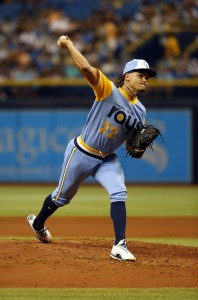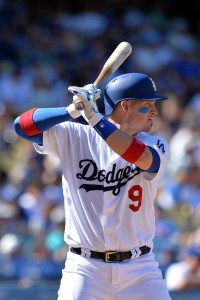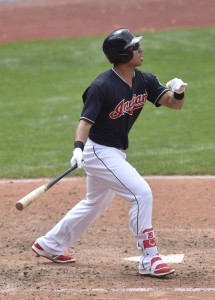It’s obvious now that the Cubs have more than a passing interest in free agent righty Yu Darvish, who the team’s top brass met with today in Texas. As Sahadev Sharma of The Athletic writes, it seems the growing likelihood of a match is the result more of market development than the pre-winter intentions of the Chicago organization.
The connection is real, then, but its consummation is hardly a fait accompli. It’s a good time to stop and take the temperature of the MLBTR readership on the subject with a poll.
It doesn’t take much explanation to establish the fit. Darvish is the top free agent starter, in MLBTR’s collective estimation. While the Cubs have added Tyler Chatwood to a staff that’s fronted by Kyle Hendricks, Jon Lester, and Jose Quintana, the club would like to add another high-quality arm to push Mike Montgomery into the bullpen (or out via trade). The club seems to have payroll space left to work with.
In one view, then, it’s simple: of course the Cubs should pursue Darvish. That said, if it’s circumstances driving the interest — say, Darvish’s interest levels and the still-lofty asking price of other top free agents like Jake Arrieta and Alex Cobb — then we have to bear in mind all the more that price will matter. It’s not as if the rest of the market will sit back and allow the Cubs to swoop in and make a deal; a few other teams, at least, have been cited as having ongoing interest.
So, rather than a simple yes/no question, I thought it’d be more interesting to see the circumstances under which folks believe a match would be sensible here for the Cubs. Darvish makes any team better, but perhaps you think he’s not as good as other options or that the team should prioritize other areas altogether. Or, maybe you think the expected contract price (something approaching or even exceeding Lester’s contract) is just too steep, but that Darvish would be a great add if he can be acquired for something below that rate. (Poll link for app users.)




